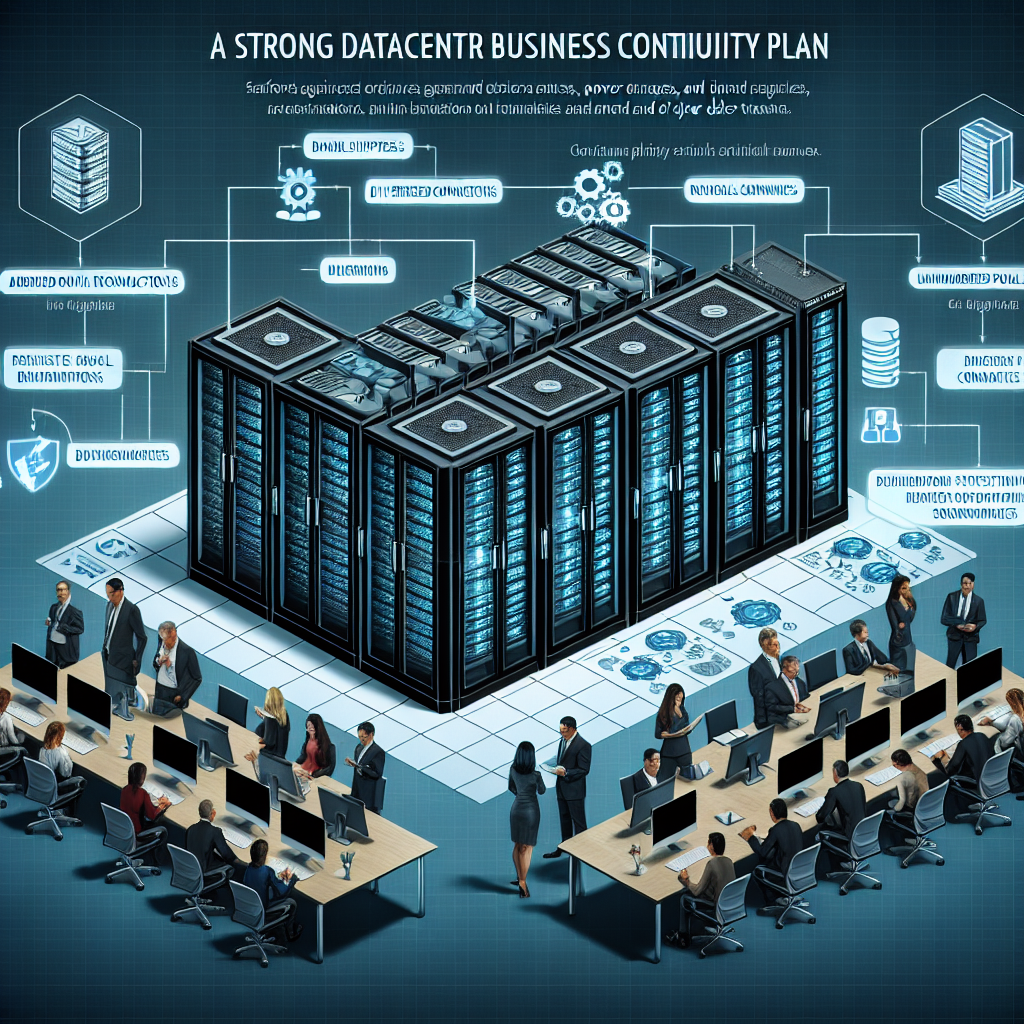In today’s digital age, data is the lifeblood of any organization. From customer information to financial records, businesses rely on their data to operate efficiently and effectively. However, disasters can strike at any time, putting this valuable data at risk. That’s why having a robust data center disaster recovery strategy is essential for ensuring business continuity and minimizing downtime in the event of a disaster.
Here are some key steps to creating a robust data center disaster recovery strategy:
1. Identify critical data and systems: The first step in creating a disaster recovery strategy is to identify the critical data and systems that are essential for the operation of your business. This includes customer information, financial records, and any other data that is vital to your organization’s day-to-day operations.
2. Conduct a risk assessment: Once you have identified your critical data and systems, it’s important to conduct a risk assessment to determine potential threats to your data center. This could include natural disasters such as earthquakes or floods, as well as human errors or cyber attacks.
3. Develop a recovery plan: Based on the results of your risk assessment, you can then develop a comprehensive data center disaster recovery plan. This plan should outline the steps that need to be taken to recover your data and systems in the event of a disaster, including backup procedures, recovery time objectives, and communication protocols.
4. Implement backup and recovery solutions: One of the most important aspects of a disaster recovery strategy is implementing robust backup and recovery solutions. This could include regular data backups to offsite locations, as well as cloud-based backup solutions for added redundancy.
5. Test your plan regularly: Once you have developed your disaster recovery plan, it’s crucial to test it regularly to ensure that it works effectively. This could involve conducting tabletop exercises with your team or running simulated disaster scenarios to identify any weaknesses in your plan.
6. Keep your plan up to date: Finally, it’s essential to keep your disaster recovery plan up to date to reflect any changes in your organization’s data and systems. This could include updating contact information for key personnel or revising recovery procedures based on new technologies or threats.
By following these steps, you can create a robust data center disaster recovery strategy that will help protect your organization’s critical data and systems in the event of a disaster. Remember, proper planning and preparation are key to ensuring business continuity and minimizing downtime in the face of unexpected events.










